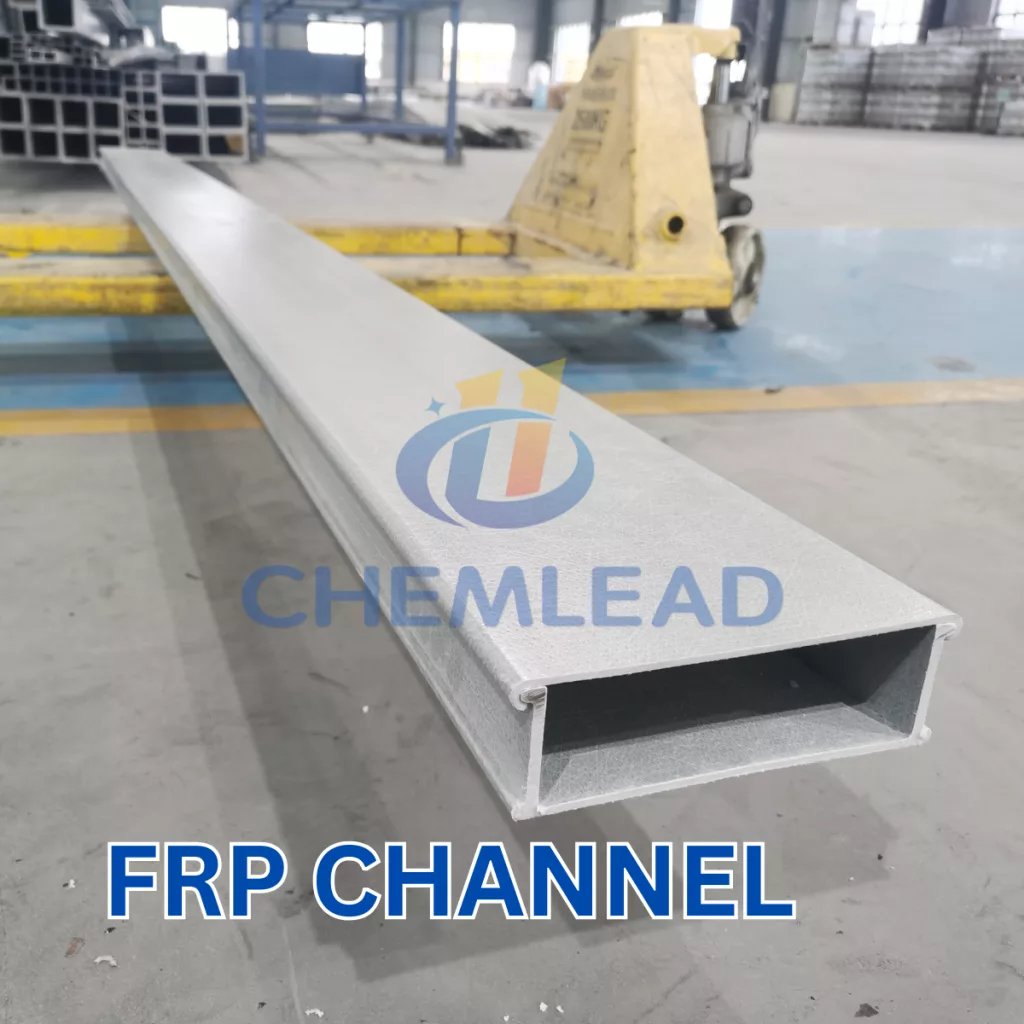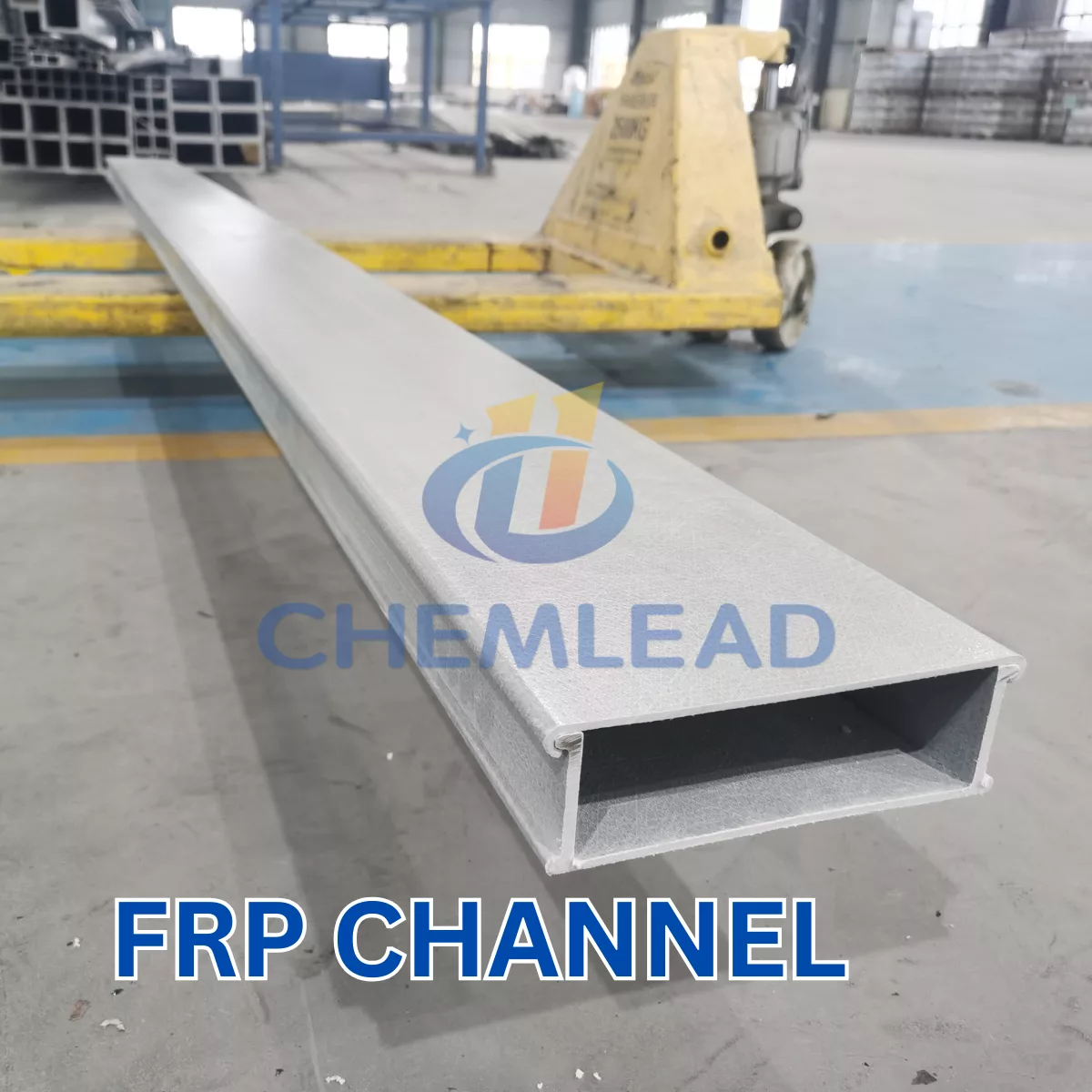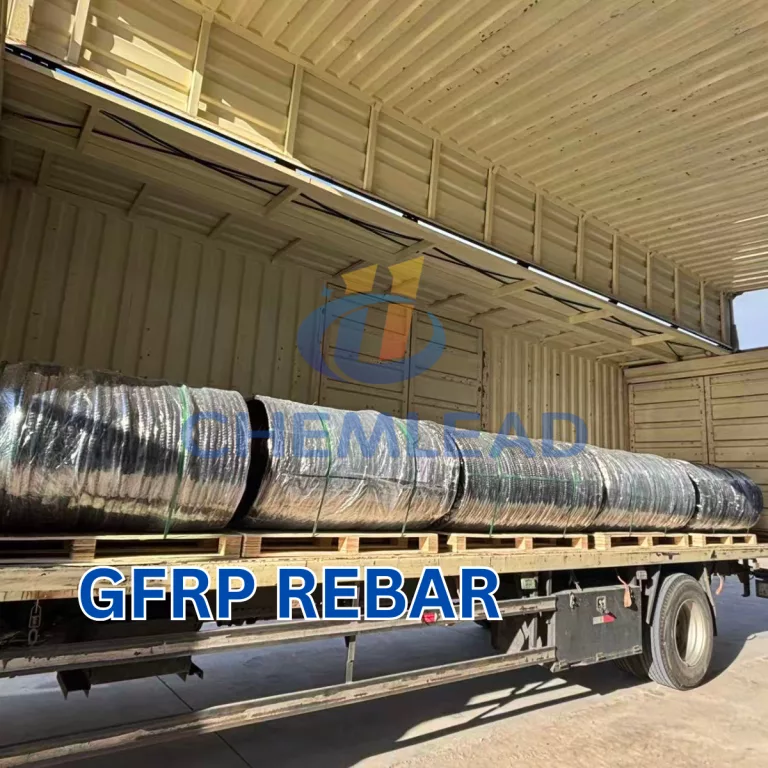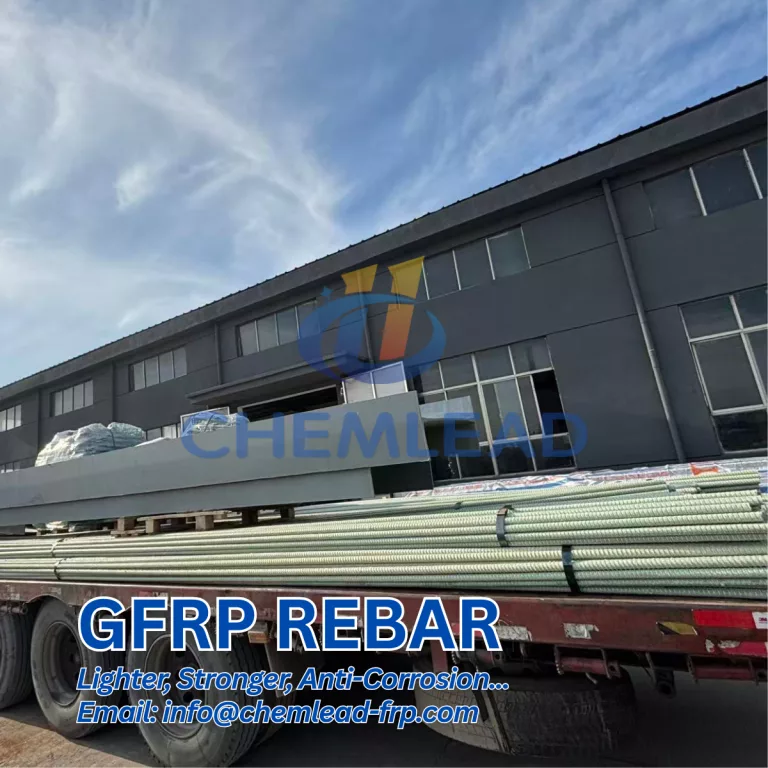+8613776545860

In industrial, marine, and outdoor environments, structural materials face constant challenges—corrosion, weight limitations, electrical conductivity, and high maintenance costs. For decades, steel has been the default choice, but as projects demand longer life cycles and lower upkeep, FRP channel profiles (Fiberglass Reinforced Plastic channels) are emerging as the smarter, more durable alternative.
Engineers, builders, and facility managers worldwide are now choosing FRP channels for applications where steel frequently fails. Here’s why these advanced composite profiles are transforming modern infrastructure.
What Are FRP Channel Profiles?
FRP channel profiles are pultruded fiberglass-reinforced structural shapes designed to offer high strength, low weight, and exceptional environmental durability. Made from continuous glass fibers and corrosion-resistant resin, they provide long-lasting performance even under harsh conditions such as moisture, chemicals, saltwater, and extreme temperatures.
These composite channels are used in:
-
Structural frameworks
-
Walkways and platforms
-
Cable trays and utility supports
-
Cooling tower structures
-
Marine and offshore equipment
-
Chemical plant facilities
Why FRP Channels Outperform Steel
1. Corrosion Resistance — Built to Last Where Steel Rusts
Steel corrodes quickly in coastal, humid, or chemical environments. FRP channels remain unaffected by:
-
Saltwater
-
Acids and alkalis
-
Moisture
-
Industrial chemicals
This makes them ideal for marine structures, wastewater plants, chemical factories, and outdoor infrastructures where corrosion is a major concern.
2. Lightweight but Strong — Easy to Install, Lowers Total Cost
FRP weighs only 1/4 as much as steel, yet offers excellent tensile and flexural strength.
This gives you several major benefits:
-
Faster installation
-
Reduced labor cost
-
No heavy lifting machinery required
-
Lower transportation cost
Despite being lightweight, FRP channels meet the structural demands of load-bearing systems in industrial and civil engineering applications.
3. Non-Conductive & Non-Magnetic — Safe for Electrical Environments
Unlike steel, FRP does not conduct electricity or interfere with electromagnetic fields.
This makes fiberglass channels ideal for:
-
Electrical substations
-
Cable management systems
-
Telecommunications facilities
-
Areas with high electromagnetic sensitivity
They improve worker safety and reduce the risk of electrical hazards.
4. Long Service Life — Zero Maintenance, Zero Rust
With FRP channels, you eliminate:
-
Repainting
-
Sandblasting
-
Rust treatment
-
Regular surface maintenance
Once installed, FRP composite materials stay stable for decades, offering a lower life-cycle cost than steel.
Key Applications of FRP Channel Profiles
FRP channels are widely adopted across industries due to their durability and versatility. Common applications include:
Industrial & Chemical
-
Pump platforms
-
Pipe supports
-
Acid-resistant frameworks
Marine & Offshore
-
Dock structures
-
Bridge railings
-
Splash zone platforms
Construction & Infrastructure
-
Support beams
-
Façade frames
-
Walkways and handrails
Energy & Electrical
-
Cable trays
-
Battery storage structures
-
Transformer station supports





 Get Free Quote Now! Don’t Hesitate!
Get Free Quote Now! Don’t Hesitate!